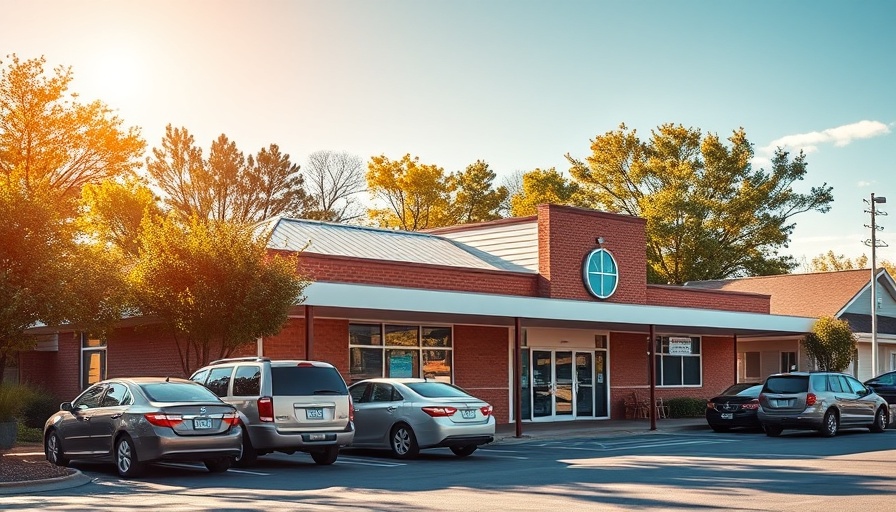
Rethinking Healthcare in Rural Areas
Access to healthcare is a growing concern, especially in rural communities where barriers such as transportation, cost, and availability of services can severely impact residents’ health. The rising cost of health insurance has made it increasingly challenging for individuals to receive necessary medical care. In fact, one in four adults has reported delaying or forgoing care due to financial constraints. This trend not only highlights existing inequalities but signals an urgent need for innovative solutions.
Understanding Unique Challenges
While urban low-income populations face their own set of healthcare hurdles, rural communities often struggle with isolation and limited resources. Clinics may be far away, and public transport options are scant, making regular medical visits a logistical nightmare. An effective response to these unique challenges requires a deep understanding of the rural environment and the specific needs of its residents.
Community-Centric Design
Architects and designers play a pivotal role in transforming healthcare in these areas. By creating more inclusive community-centered facilities, they can foster an environment that encourages residents to seek preventive care rather than waiting until health issues become acute. Facilities such as multi-service healthcare hubs can help by providing various services such as family health, wellness visits, and preventive care, all in one accessible location.
Innovative Solutions for Better Outcomes
The integration of wellness centers that prioritize accessibility and community engagement is one promising approach. These hubs can serve as vital resources, housing everything from routine check-ups to specialized services thereby reducing the need for extensive travel. By addressing both healthcare and lifestyle needs, these centers not only improve health outcomes but promote a holistic approach to community well-being.
Looking Forward
As we rethink healthcare access, it is crucial to focus on creating tailored, impactful solutions for rural communities. The collaborative efforts of designers, healthcare providers, and community leaders can lead to spaces that are not just functional, but also inviting and supportive—ultimately bridging the gap in healthcare access. The goal is to ensure that affordable, quality care becomes a widespread reality, fundamentally changing the landscape of rural healthcare.
 Add Row
Add Row  Add
Add 






Write A Comment